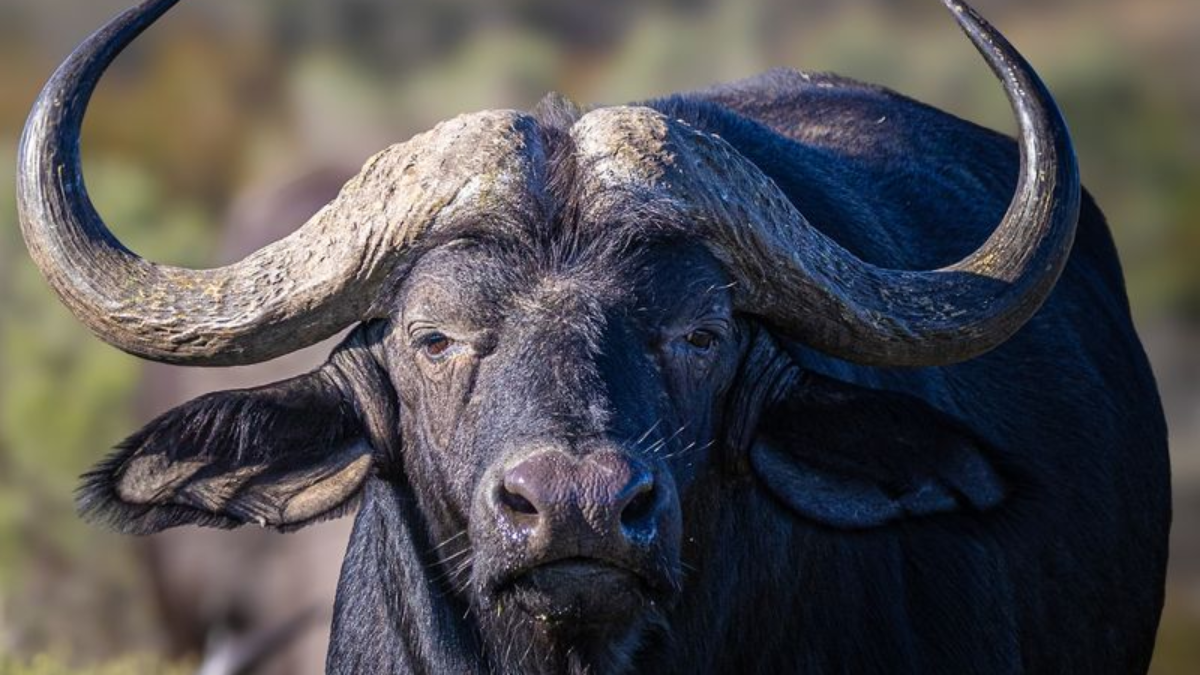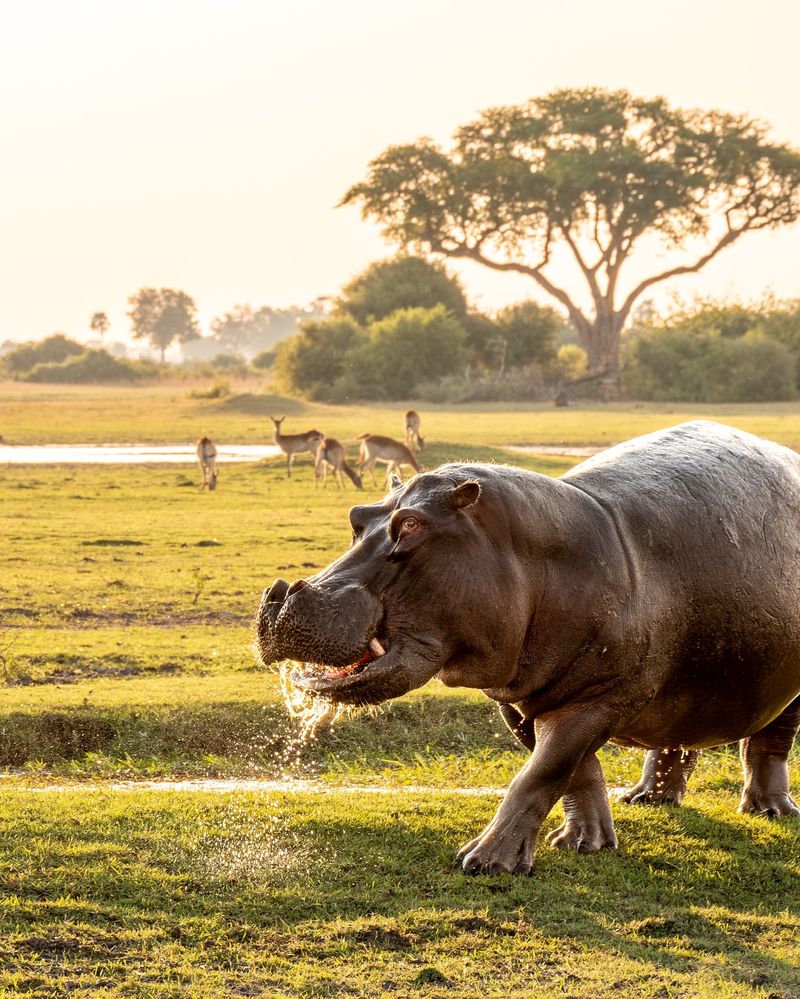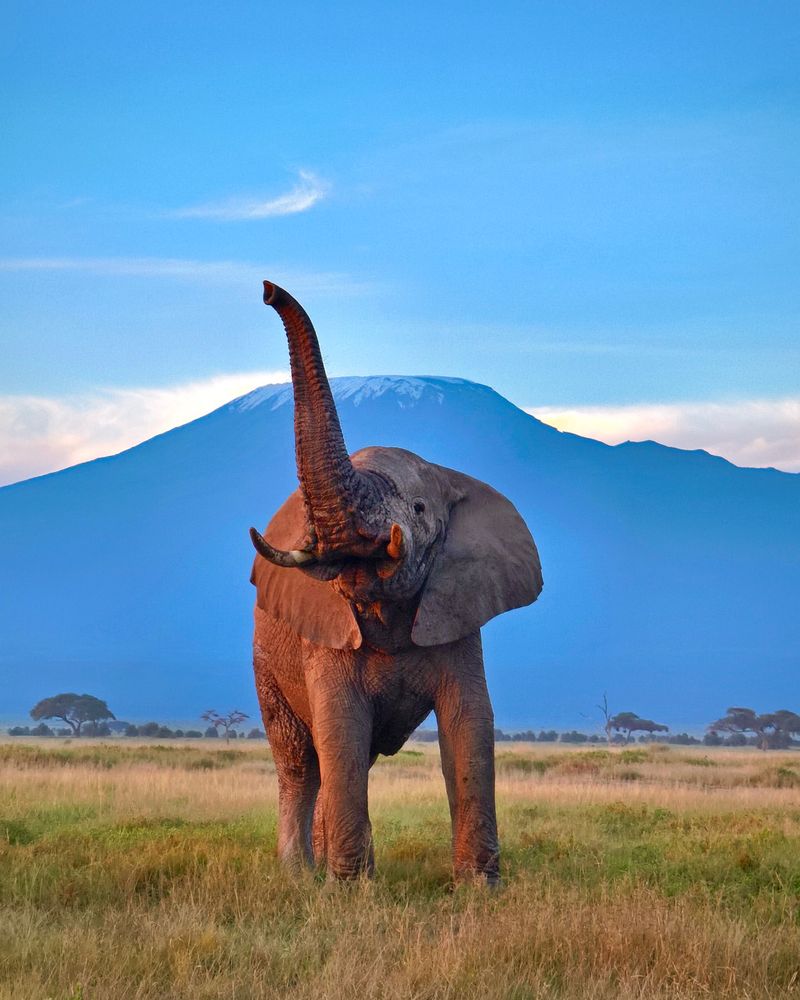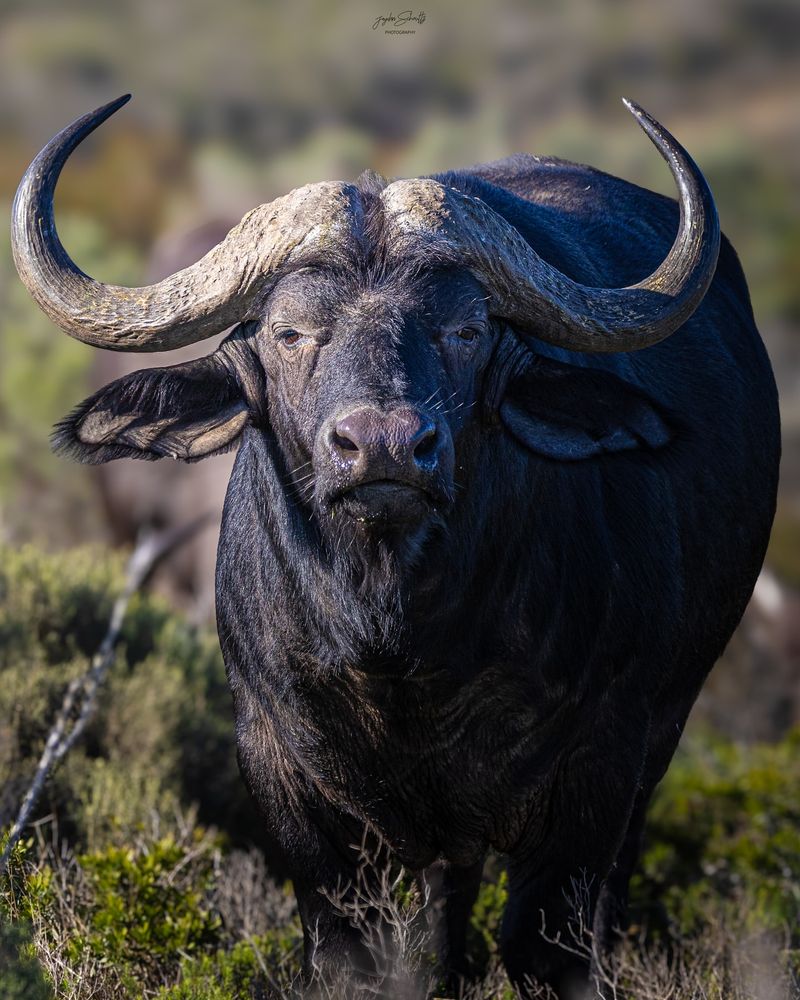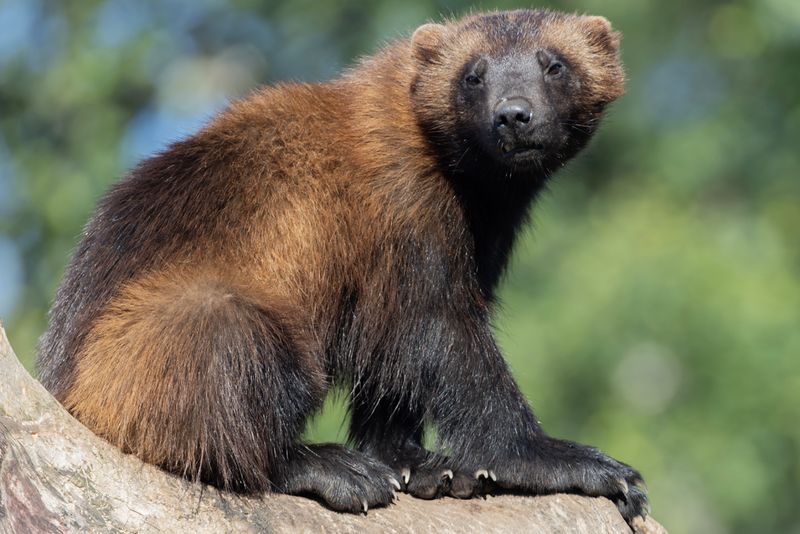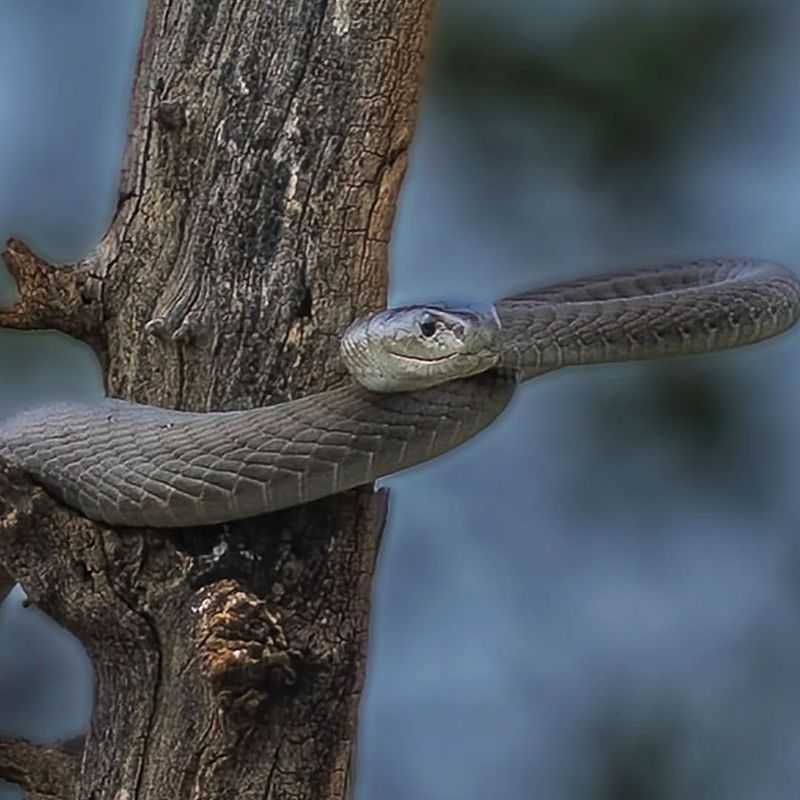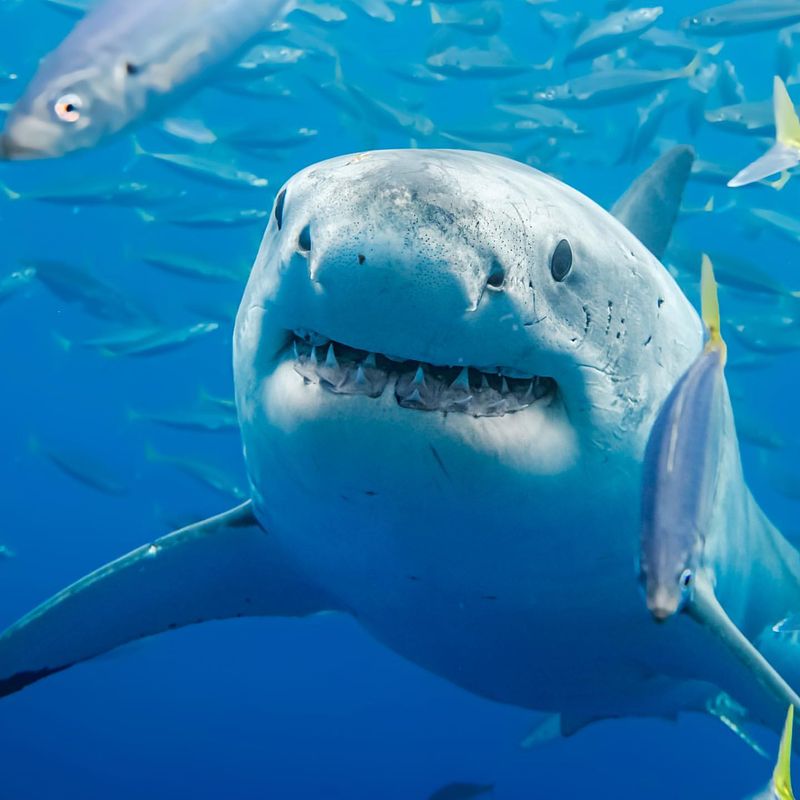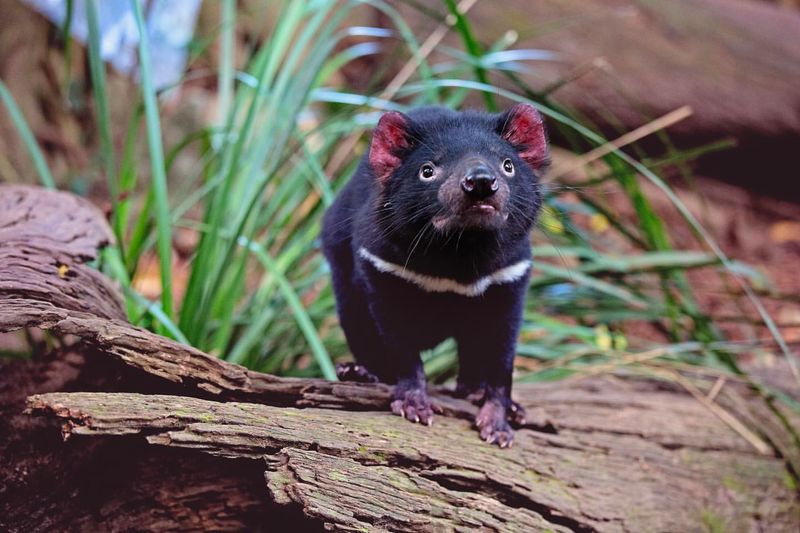📖 Table of Content:
The animal kingdom is filled with breathtaking beauty and awe-inspiring creatures, but it also harbors some of the most aggressive and dangerous animals on the planet. These animals, while fascinating, are not to be underestimated, as their instincts, strength, and behaviors can make them formidable adversaries.
From the deep oceans to the vast savannahs, these creatures have evolved to defend their territories, protect their young, or simply survive in harsh environments. Some of them are deceptive in their appearance, seeming calm or harmless until provoked. Others are known for their raw power and ferocity, striking fear into the hearts of even the most seasoned adventurers.
Understanding these animals’ behaviors is not only a matter of respect but also a vital step in ensuring safe interactions—whether in the wild or when studying them from afar.
1. Hippopotamus
The hippopotamus, often seen as a gentle giant due to its slow movements on land, is actually one of the most dangerous animals in Africa. Despite their seemingly docile appearance, hippos are highly territorial and aggressive, especially when it comes to protecting their watery domains.
These enormous animals are known to charge at boats and humans who get too close, using their massive jaws to deliver bone-crushing bites. Surprisingly agile for their size, hippos can outrun humans over short distances on land and are incredibly swift in the water.
Encountering a hippo in the wild is a situation that demands caution and respect, as they are responsible for more human deaths in Africa than many of the continent’s iconic predators.
2. Saltwater Crocodile
This is the apex predator of its habitat known for its immense size, stealth, and unrelenting aggression.
Found in Southeast Asia and northern Australia, these reptiles are fiercely territorial and capable of taking down prey much larger than themselves. Their powerful jaws deliver one of the strongest bites in the animal kingdom, and their ambush hunting style makes them exceptionally dangerous.
Saltwater crocodiles are experts at blending into their surroundings, often lurking just below the water’s surface before launching a sudden attack. When near their habitats, vigilance and respect are essential to avoid becoming their next target.
3. African Elephant
African elephants are often admired for their intelligence and social structures, but they can also be incredibly dangerous when provoked. Bulls in musth—a period of heightened testosterone—are particularly unpredictable, exhibiting aggressive behavior that can result in significant destruction.
Elephants are highly protective of their young and herds and they won’t hesitate to charge if they sense a threat. Their immense size and strength make their charges devastating, often destroying vehicles or structures in their path.
While they are magnificent creatures, observing them from a safe distance is crucial to ensure both their safety and yours.
4. Cape Buffalo
Nicknamed the “Black Death,” the Cape buffalo is infamous for its unpredictable and aggressive nature. Found across sub-Saharan Africa, these animals are responsible for numerous human fatalities, particularly among hunters and farmers.
Cape buffaloes are formidable in size and strength, often using their sharp, curved horns to defend themselves or their herds. They have even been known to ambush predators or hunters, making them one of Africa’s most dangerous animals.
Whether grazing peacefully or on the defensive, Cape buffaloes demand respect and caution from those who encounter them.
5. Box Jellyfish
The box jellyfish, often found in the waters around Australia and Southeast Asia, is one of the deadliest marine creatures. Almost invisible in the water, this jellyfish delivers venomous stings that can cause paralysis, heart failure, and intense pain.
Despite its fragile appearance, the box jellyfish is a lethal reminder of the dangers lurking beneath the waves. Its long, delicate tentacles are lined with thousands of nematocysts, which release toxins upon contact.
Swimmers in areas where box jellyfish are common must take precautions, such as wearing protective clothing, to avoid potentially fatal encounters.
6. Wolverine
Small but incredibly fierce, the wolverine is a master of survival in the remote wildernesses of North America and Eurasia. Known for its strength and tenacity, this solitary animal has been observed taking down prey much larger than itself, including deer and moose.
Wolverines are highly territorial and will aggressively defend their food or space from intruders, even challenging bears and wolves. Their sharp claws, powerful jaws, and fearless nature make them one of the most aggressive mammals in their habitat.
While they are fascinating to observe from afar, wolverines are not to be approached lightly.
7. Black Mamba
The black mamba is a snake that embodies speed, agility, and deadly precision. Native to Africa, this highly venomous reptile can reach speeds of up to 12 mph and is known for its aggressive response when threatened.
Black mambas are notorious for delivering multiple bites in quick succession, ensuring their prey is incapacitated. Its venom, which acts on the nervous system, can cause death within hours if untreated, making it one of the deadliest snakes in the world.
While they generally avoid human contact, an encounter with a black mamba is a life-threatening situation.
8. Great White Shark
The great white shark is the quintessential ocean predator, renowned for its power, size, and sharp hunting instincts. Found in coastal waters worldwide, these sharks are responsible for the majority of unprovoked shark attacks on humans.
Despite their fearsome reputation, most attacks are the result of curiosity rather than aggression.
Great white sharks are vital to marine ecosystems, keeping populations of other species in check. However, swimmers and divers in their territory must remain cautious and follow safety guidelines to avoid provoking these apex predators.
9. Tasmanian Devil
The Tasmanian devil is a small but incredibly fierce carnivorous marsupial native to Tasmania. Known for their spine-chilling growls and aggressive displays, these nocturnal animals are highly territorial and will fight fiercely when threatened.
Their powerful jaws are capable of crushing bones, and they consume almost every part of their prey. Despite their aggression, Tasmanian devils are a protected species due to declining populations.
While fascinating to observe, it’s best to appreciate these creatures from a respectful distance.
